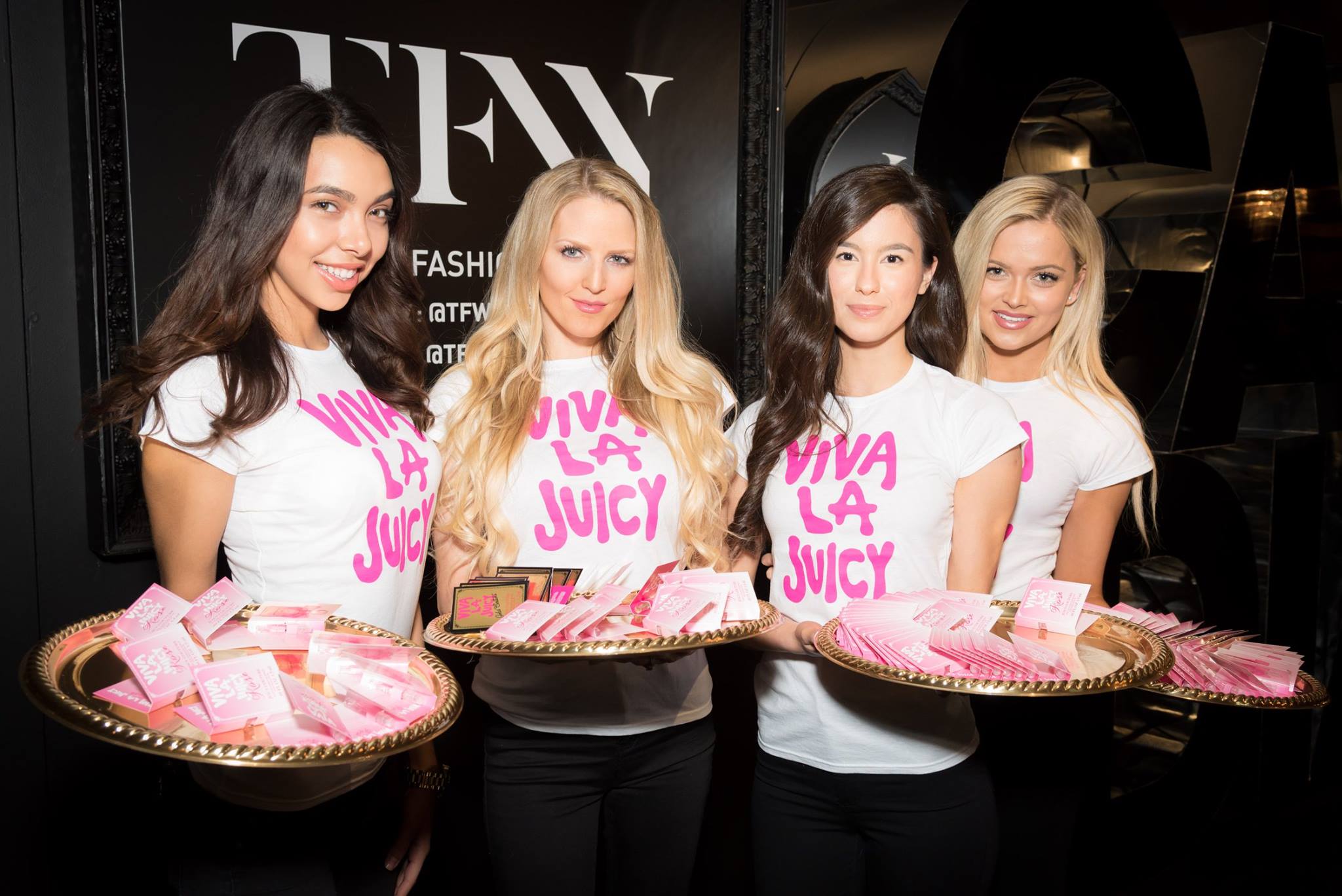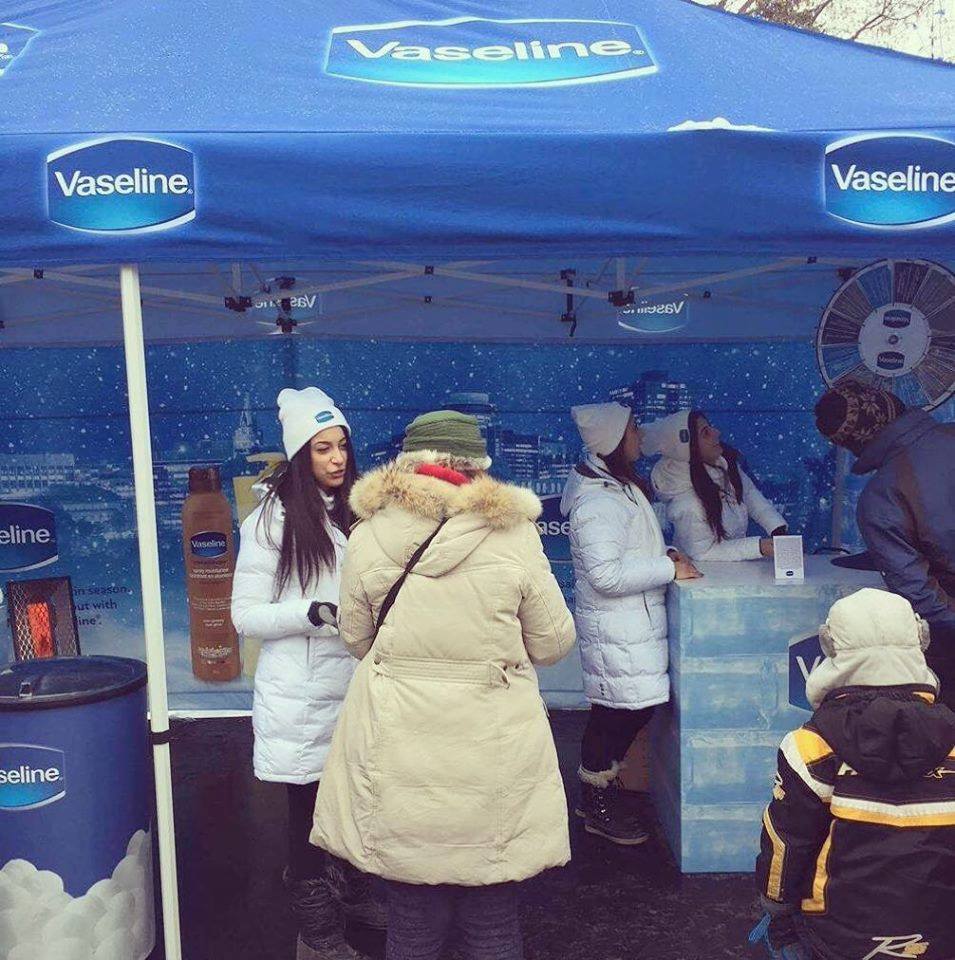Test These 7 Things for Successful In Store Experiential Marketing

If you’ve been paying attention to recent trends in the retail store experience, you may have noticed that more and more retail stores are engaging in rather clever experiential marketing. Experiential marketing, of course, is marketing that creates a positive experience for consumers by encouraging them to directly interact with the brand in fun, exciting, and interesting ways.
Smart retail stores in Toronto — and across Canada and the United States — are quickly picking up this strategy as they look for ways to respond to competition from online shopping. This is why Costco offers free food samples, and why Lush stores are outfitted with aesthetically pleasing wash bowls for consumers to sample the various Lush soaps. In both of these examples, the in-store experience means the consumer is encouraged to spend more time at the store, and thus spend more.
.png)
Over the years, the Femme Fatale Media team has gathered a lot of experience in effective experiential marketing in Toronto. As with any business endeavor, one of the keys to success is constant testing to see what works best. So if you’re a store manager or marketing manager of a retail store, then you should strongly consider enhancing the store experience your consumers will be immersed in. Then proceed to test various aspects of the store experience.
Here are 7 things to test for a successful in-store experiential marketing campaign.
(1) The volume and tempo of the store music. Both of these factors have a direct effect on store sales and how long consumers stay in a store.
(2) Background music or foreground music? Do consumers respond more positively in a measurable way to background music or foreground music in your store?
(3) Warm-colour vs. cool-colour background. Warm colours are colours like red and yellow, while cool colours include blue and purple. So test to see if store visitors are more positively influenced by a warm colour theme or a cool colour theme. In general, consumers respond better to cool-colour backgrounds, but your store may see a different result. This logic also extends to the use of promotional models in your experiential marketing campaign; their outfits should, in general, match the overall colour theme that you have found to work best.
.jpg)
(4) Colour theme of outside-store displays. Studies have demonstrated that customers respond better to cool-colour themes in-store, while warm-colour themes are better for catching the attention of visitors outside the store. Thus, it is important that the colour theme of your outside-store displays are optimized to attract the largest amount of foot traffic to your store.
(5) The aroma inside the store. How do different scents inside your store affect consumer behaviour?
(6) Bright lights or dim lights? The lighting inside a store can make a difference in purchasing behaviour, so test the effect of bright lighting vs. dim lighting on your store visitors.
(7) Consumer density. Consumer density refers to how many people are in a store area. Crowding generally reduces the pleasurable experience of in-store visitors, so if your store is frequently packed, consider setting up furniture in strategic locations to break up foot traffic so the perceived consumer density is reduced.

Conclusion
To stay competitive in the modern marketing and branding playing field, it’s important that your store begins implementing effective experiential marketing approaches. Successful stores and shops across Toronto have already benefitted from this marketing method, so if you’re interested in executing this kind of campaign, simply contact us. Femme Fatale Media has considerable experience in Toronto experiential marketing, so your company will certainly reap the rewards of adopting this creative branding approach.



